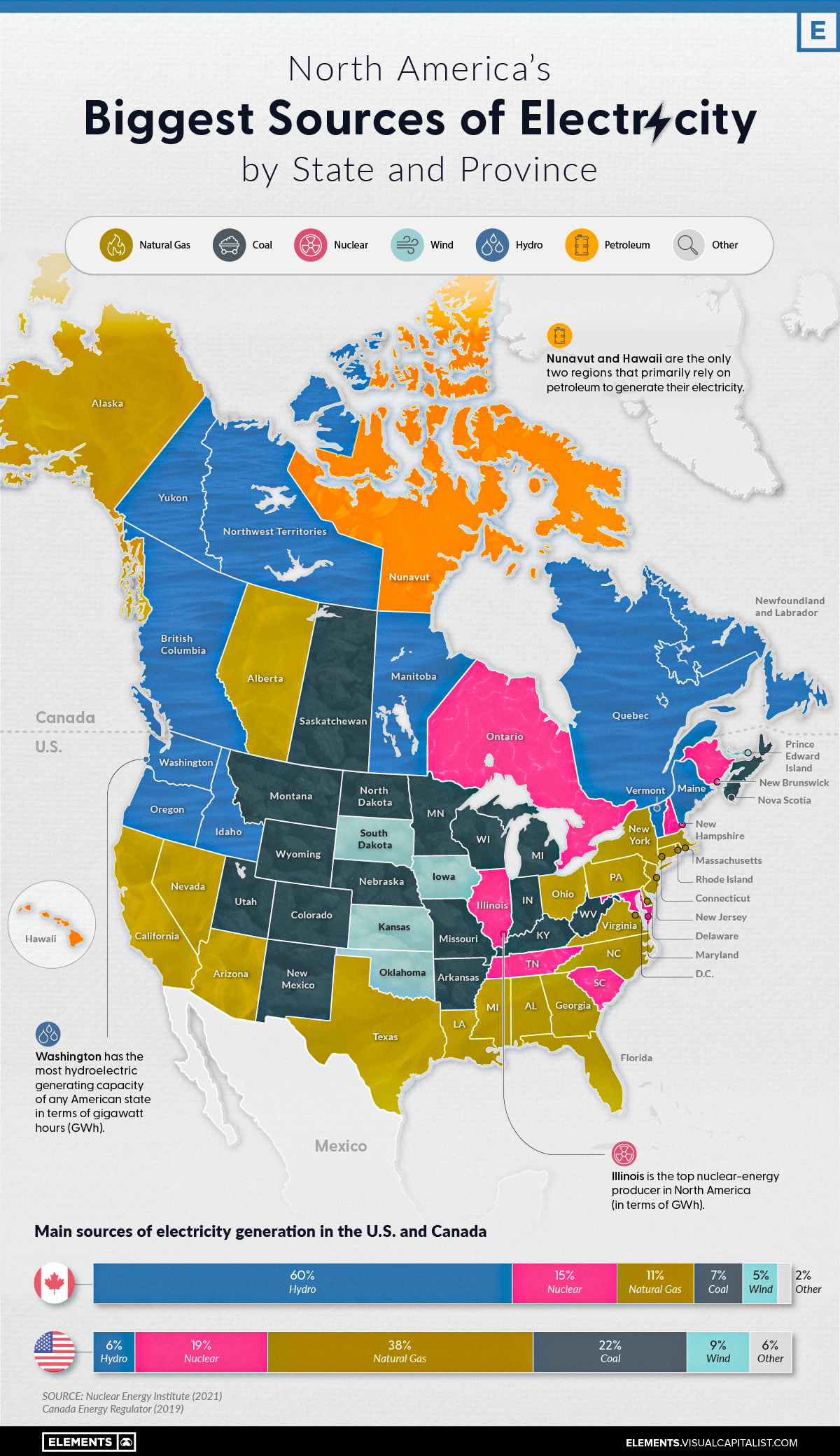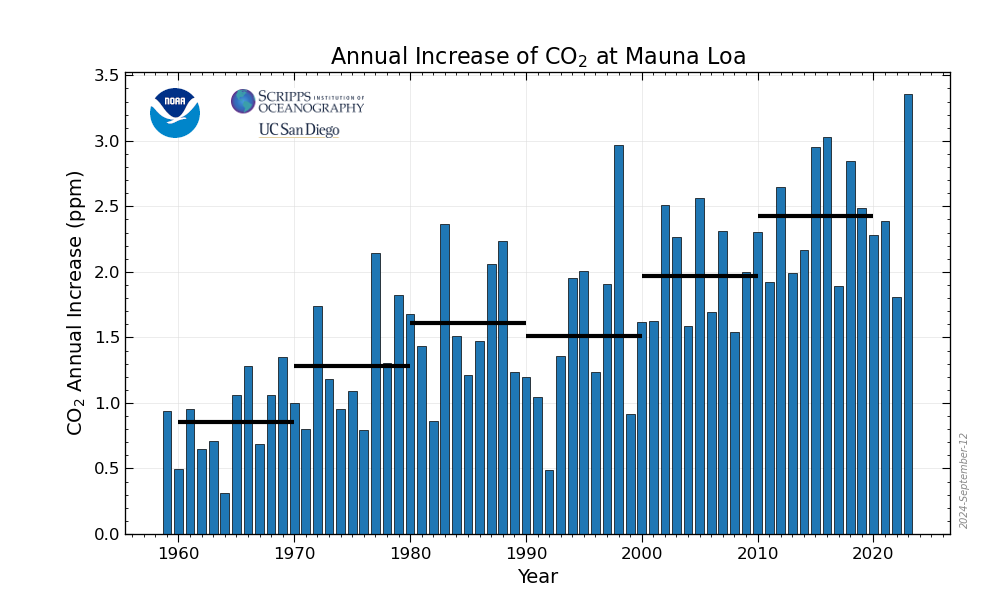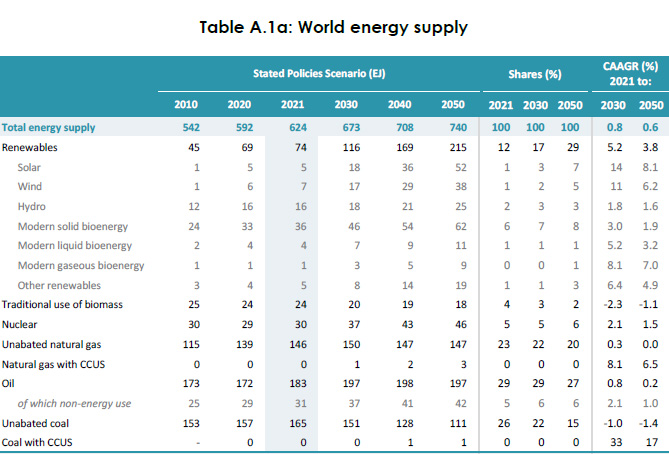NNadir
NNadir's JournalSo I have that new improved souped up XBB.1.5 Covid.
As I noted in a previous post in this space my wife got Covid last week:
The mask is back on. My wife has XBB.1.5 (apparently) Covid.
I commented on some of the science behind this new variant, which apparently is well equipped to evade antibodies generated by vaccines here: Some pretty bad news on the XBB.1 Covid Variant.
My wife was pretty sick for about two days; she's almost completely better, five days out.
My son also tested positive; he had a cough, some lethargy, and congestion. He had to organize an art show he's supervising remotely, so not as to infect people, not an easy trick, but he was not so sick as to be unable to do it.
Now I have it. Like my previous adventure with breakthrough Covid, it feels like a very, very, very bad cold, chills, mild fever, congestion, occasional cough, headache and lethargy. I think the worst was yesterday. I'm feeling better today. I'm still sick, but have been able to read.
I may have a better set of antibodies than my wife had, since I had a breakthrough case between my last "regular" vaccine and the booster. I suspect that this case had some of the mutations now found in XBB.1.5. I'm sure too, the vaccines helped.
The good news is that the cases we all had were not life threatening, annoying but not life threatening.
Biggest Sources of Electrical Generation in Canada and the US.

Mapped: Biggest Sources of Electricity by State and Province
We're nearly half a century into "renewable energy" will save us. This is where we are.
Here's another place we are:
January 12: 419.70 ppm
January 11: 418.90 ppm
January 10: 419.15 ppm
January 09: 419.17 ppm
January 08: 419.32 ppm
Last Updated: January 13, 2023
Recent Daily Average Mauna Loa CO2
The broader trend:
Week beginning on January 01, 2023: 419.31 ppm
Weekly value from 1 year ago: 417.55 ppm
Weekly value from 10 years ago: 394.96 ppm
Last updated: January 13, 2023
Weekly average CO2 at Mauna Loa

The first graphic has a small title about an "energy shift."
My opinion is that the shift is from bad to worse.
"Renewable Energy" researcher recycles text; ten papers retracted or to be retracted.
Just for fun:
Renewable energy researcher recycled material, agrees to withdraw 10 papers
Shyi-Min Lu is the corresponding author on the two newly retracted papers, from Renewable and Sustainable Energy Reviews. The retractions follow investigations at the Industrial Technology Research Institute, where Lu used to work, and National Taiwan University, his former employer. Lu admitted to committing offenses in 10 papers. He was fired from NTU, where he was a research assistant at the university’s Energy Research Center.
First author Falin Chen — also a co-author on the paper duplicated by the retractions — was not aware that the papers bearing his name had been submitted. He told us how he found out: ...
Some pretty bad news on the XBB.1 Covid Variant.
My fully vaccinated wife has Covid and was pretty sick, although she seems to be improving. My son is also not feeling well. I have a slight cough.
This situation motivated me to look into the XBB.1.5 variant that seems to be circulating, which I suspect my wife has.
I accessed this paper this morning: Qian Wang, Sho Iketani, Zhiteng Li, Liyuan Liu, Yicheng Guo, Yiming Huang, Anthony D. Bowen, Michael Liu, Maple Wang, Jian Yu, Riccardo Valdez, Adam S. Lauring, Zizhang Sheng, Harris H. Wang, Aubree Gordon, Lihong Liu, David D. Ho, Alarming antibody evasion properties of rising SARS-CoV-2 BQ and XBB subvariants, Cell, 2022, a corrected proof in press.
The paper is fully open sourced, anyone can read it, but I'll produce the opening paragraphs and a pretty depressing graphic from the paper as well.
The intro:
I added the bold.
The XBB virus has been fully sequenced, and the sites of the mutations are known. "K444T" refers to the substitution at the 444th residue in the spike protein of a threonine for a lysine. "N460K" refers to a substitution at the 460th residue of a lysine for an asparagine.
The following graphic shows the evolutionary history of variants of Covid:

The caption:
(A) Frequencies of Omicron subvariants from the Global Initiative on Sharing All Influenza Data (GISAID). Variants were designated according to their Pango dynamic lineage classification.12 Minor sublineages of each subvariant were grouped together with their parental variant. The values in the upper left corner of each box denote the cumulative number of sequences for all circulating viruses in the denoted time period.
(B) Unrooted phylogenetic tree of Omicron subvariants along with other main SARS-CoV-2 variants. The scale bar indicates the genetic distance.
(C) Key spike mutations found in XBB and XBB.1 in the background of BA.2 and in BQ.1 and BQ.1.1 in the background of BA.4/5. Del, deletion. The positions of these mutations on the spike trimer are shown in Figure S1.
This graphic shows the location of the mutations on the spike protein:

The caption:
(A and B) Key mutations of BQ.1 and BQ.1.1 in the context of BA.4/5 (A), and key mutations of XBB and XBB.1 in the context of BA.2 (B).
See also Figure 1.
And now for the real depressing graphic, showing the decreased neutralization capacity of antibodies:

The caption:
(A) Footprints of NTD- and RBD-directed antibodies tested are outlined, and mutations within BQ.1, BQ.1.1, XBB, and XBB.1 are highlighted in red.
(B) The fold changes in neutralization IC50 values of BQ.1, BQ.1.1, XBB, XBB.1, and the individual mutants compared with BA.4/5 or BA.2, with resistance colored red and sensitization colored green. The raw IC50 values are shown in Figure S2.
See also Figure S2.
The good news, as I understand it, is that this variant does not seem as severe in terms of illness, and there is some protective effect with vaccination status, although how much is on clear.
The authors make the comforting statement I will put in bold:
But it's also clear from my perspective, we're going to need another vaccine. We do have the machinery to do this now, so that is also good news.
The authors conclusions:
I have heard, peripherally, I will now look into it more deeply, that a "master" vaccine that may work against all or most corona viruses, including those responsible for the common cold, is under development.
My wife is suffering from nausea and diarrhea, before taking Paxlovid, and these are side effects of the drug, so she's reluctant to take it.
I'm going to work from home until it becomes clear what the situation is.
The bottom line: Be careful, keep your Covid supplies handy.
Update: My son just tested positive. The historical test kits seem to respond to this variant. He's sick, but not as sick as my wife.
The mask is back on. My wife has XBB.1.5 (apparently) Covid.
She, like me, is fully vaccinated, but was pretty sick, nausea, headache, running a low grade fever. The test was run in the doctor's office, flu, A&B; RSV; and Covid all together. Covid won.
Nature News describes XBB.1.5 as "The Great-Grandchild of Omicron."
We're fully stocked with supplies; I'll work from home until next week, and I'll mask up wherever I go. She got a Paxlovid scrip and has been told to quarantine until Saturday.
I'm OK; my son was mildly ill a few days back, but tested negative with a home kit.
I don't feel sick, but if I do, I'll test. I do wonder about the specificity of the test kits I have, since they are generally ligand binding assays, but hey, if I get sick, I'll go to the Doctor myself.
Good News! The Wind's Blowing in Germany! German Carbon Intensity Is Only 788% Higher Than...
...That of France! It's 23:45 01/08/23 Sunday evening, Berlin time

Electricity Map Accessed 01/08/23 5:45 pm EST US.
I'm sure everyone loves "percent talk." It's very popular.
Telomere Shortening, a Biomarker for Aging, Is Increased by High Ambient Temperatures.
The paper I'll briefly discuss is this one: Higher Daily Air Temperature Is Associated with Shorter Leukocyte Telomere Length: KORA F3 and KORA F4 Wenli Ni, Kathrin Wolf, Susanne Breitner, Siqi Zhang, Nikolaos Nikolaou, Cavin K. Ward-Caviness, Melanie Waldenberger, Christian Gieger, Annette Peters, and Alexandra Schneider, Environmental Science & Technology 2022 56 (24), 17815-17824.
KORA is an abbreviation (in German) of "Kooperative Gesundheitsforschung in der Region Augsburg," a series of longitudinal epidemiological studies conducted in a region of Germany.
Genetic Epidemiology of Refractive Error in the KORA
Germany is a nation that has committed, albeit informally, but nonetheless in a practical sense, to make climate change accelerate, having decided to replace nuclear energy with coal.
Originally the intention was to replace nuclear energy with huge amounts of dangerous natural gas, an idea which their former Chancellor, Gerhardt Schroeder worked to promote when in office. Schroeder is now working as a salesman for Gazprom, Putin's dangerous natural gas company, but Germany rather sheepishly switched from gas to coal after their blindfolds came off to reveal they were funding a vicious war of conquest in Ukraine, a nation with which Germany already has an unhappy history.
The plan, which involves dumping dangerous fossil fuel waste directly into the environment, has left Germany with what is consistently one of the highest carbon intensities for electrical generation in Europe.
Anyway, about the paper based on the German KORA study:
The full paper is open by "authors choice," and there is no need to excerpt it extensively, but a description of what a telomere is, which is quite succinct is excerpted for convenience:
The introduction continues:
Therefore, we aimed to examine the short-term associations between air temperature and leukocyte telomere length in the region of Augsburg, Germany, within two independent adult cohorts...
A brief excerpt from the discussion of the finding:
Again, the full paper is open sourced. It's an interesting read.
Have a nice weekend.
Minister in German Antinuke Government Calls for Removing the Ban on Fracking.
I have no comment. The article speaks for itself.
German Finance Minister Calls For Reverse Of Fracking Ban
Fracking was banned in Germany in 2017.
Speaking to Germany’s Bild am Sonntag, Lindner said Germany should lift the fracking ban and “then private investors can decide whether extraction is economical.”
“Compared to gas from other regions of the world, I expect competitive advantages.” Lindner said.
In his call to allow fracking, Lindner is breaking ranks with German Chancellor Olaf Scholz of the Social Democrats and Minister of Economy Robert Habeck of the Greens–both of whom are coalition partners.
Germany has rejected fracking not only over environmental concerns.
Last month, Scholz noted that fracking would be a costly and wasteful undertaking that would take too long to begin production. By the time production could be feasible, Scholz noted, demand for natural gas will have declined.
The German Chancellor noted there was zero support for exploiting natural gas reserves through fracking in the country.
“If you get close to it, it vanishes into thin air,” German media quoted him as saying in December.
It is widely understood that Germany, due to its dense population, is not suitable for fracking, while the technological complexities would render it irrelevant to the current energy crisis.
Instead, Germany has been building out LNG infrastructure at breakneck speed to increase its capacity to take in fracked American natural gas...
Ammonia Synthesis, Using Hydrogen, Accounts for 35% of Greenhouse Gas Emissions in the Chemical...
...Sector.
I came across this paper this evening as I work to catch up on my reading after the holidays: Model-Based Analysis of Ammonia Production Processes for Quantifying Energy Use, Emissions, and Reduction Potentials Banafsheh Jabarivelisdeh, Enze Jin, Phillip Christopher, and Eric Masanet ACS Sustainable Chemistry & Engineering 2022 10 (49), 16280-16289.
For most of my adult life - I'm hardly young - I've heard, with varying intensity, waxing and waning, all kinds of bullshit about hydrogen cars, hydrogen buses, hydrogen fuel cells, blah, blah, blah. The biggest surge in this nonsense took place around the turn of the 21st century, put out by the functional idiot (who defines himself as a "scientist" ) Amory Lovins. For a so called "scientist" he seems blissfully unaware of the laws of thermodynamics, and, as far as his energy predictions go, well, one could do better with a psychic in a cheesy booth on a New Jersey shore boardwalk.
We've seen some of this stuff around here recently, usually in connection with the usual fantasies that the solar and wind industries are meaningful, sustainable, and green. Of course, this is nonsense. After the expenditure of trillions of dollars, and the trashing of vast land areas, some of it former wilderness rendered into industrial parks, the solar and wind industries are trivial
In response to it, I've occasionally reproduced a graphic from a recent paper in the scientific journal Energy & Fuels.

The caption:
Progress on Catalyst Development for the Steam Reforming of Biomass and Waste Plastics Pyrolysis Volatiles: A Review Laura Santamaria, Gartzen Lopez, Enara Fernandez, Maria Cortazar, Aitor Arregi, Martin Olazar, and Javier Bilbao, Energy & Fuels 2021 35 (21), 17051-17084]
I referred to this graphic, and reproduced it, discussing a paper in the journal I discussed above here: The current sources and uses of hydrogen.
The paper at the outset refers to the unsustainable ammonia industry (on which the world food supply depends) with some interesting facts and figures that are rather compelling, including the energy requirements to make ammonia. The first sentence in the abstract - which is open sourced at the link - speaks of the scale of emissions:
From the introduction to the paper in the full text:
Ammonia production is energy- and emission-intensive and currently relies on fossil fuels. In 2020, global ammonia production was responsible for ?8.6 EJ of final energy consumption and ?450 million tons of CO2 emissions. This corresponds to ?20% of total energy consumption and ?35% of the CO2 emissions of the whole chemical sector. (1,4) Ammonia is principally manufactured from hydrogen (H2) and nitrogen (N2), which are then reacted to produce ammonia through the Haber–Bosch process. (5) Currently, close to 100% of the required hydrogen for ammonia production comes from fossil fuel feedstock mainly through the steam reforming of methane derived from natural gas (NG) and the gasification of coal. (1) Besides serving as a feedstock, fossil fuels also account for essentially all the process energy that supplies the heat and pressure required to drive different process units. In 2020, ammonia production accounted for 50 and 44% of the global chemical industry’s use of NG and coal, respectively. Accordingly, with on average 2.4 ton of CO2 per ton of product, ammonia is the largest contributor to emissions within the chemical sector. (1)...
I have added the bold.
What is interesting is to compare the 8.6 EJ of energy with the world output of the solar and wind industry on the entire planet that people misrepresent as being an option to make hydrogen.
Here's another graphic I reproduce from time to time, world energy sources as reported by the most recent annual International Energy Agency WEO publication:

Source: 2022 IEA World Energy Outlook Table A 1a, page 435.
After half a century of cheering, the solar and wind industries, which have been the subject of much chanting about saving the world, over all about as effective at saving the world as Gregorian chants in medieval monasteries were at bringing Jesus back to save us all, combined to produce 11 Exajoules of energy out of 624 Exajoules consumed by humanity in 2021.
That leaves three Exajoules to produce all that elusive "green hydrogen" that about which we hear so much prattling.
If "green hydrogen" were really a thing, rather than an idiot fantasy that crops up in the public (and regrettably political) sphere like the heads of the Lernaean Hydra in Greek Mythology. Hercules killed the thing in the myth, by burning the roots of the heads.
The hydrogen hydra of today by contrast, is another mindless diversion through the agency of popular bad thinking that is doing nothing more than contributing to the burning of the planet. There seems to be no intellectual Hercules who can kill it. It's helping to drive climate change, and will do nothing to stop it. The laws of thermodynamics are not subject to public wishful thinking. Perpetual motion machines do not exist.
A graphic from the paper showing the alternate (coal or gas) process chemistry for making ammonia with the hydrogen driven Haber-Bosch process:

The caption:
If we were really going to have "green hydrogen" I would suggest that serious people - and I'm certainly not talking about people who watch hyping cartoons showing vast stretches of land wasted to install solar junk - would make the hydrogen on which the world food supply depends "green" first.
That's not happening. Hydrogen remains a very, very, very, very dirty fuel.
Have a nice day tomorrow.
Everything he touches dies.
I really don't care if his touch kills the Republican party; it's my country I worry about.
Profile Information
Gender: MaleCurrent location: New Jersey
Member since: 2002
Number of posts: 33,580